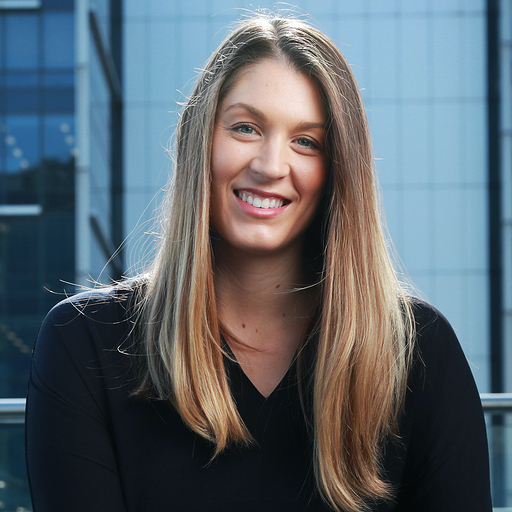Why we could see one more RBA rate hike this year
Monthly inflation data released by the Australian Bureau of Statistics on Wednesday showed the consumer price index rose 5.2% in the 12 months to August, up from 4.9% in July.
It’s the first time inflation has accelerated since April, raising concerns that while prices for discretionary items are easing, the cost of essentials remains stubbornly high.
The result was driven by a 9.1% monthly increase in petrol prices, with diesel prices soaring 26.6 cents per litre on average during August, while unleaded petrol prices rose by 17 cents per litre.
AMP deputy chief economist Diana Mousina said there are now more upside risks to inflation than just a few months ago, raising the prospect of another interest rate rise “before the end of the year”.
“Australian inflation peaked at 8.4% on the monthly indicator in December 2022 but at 5.2% is clearly still too high and well above the RBA’s 2-3% inflation target,” Ms Mousina said.
She said the most likely timing for another rate rise would be in December, after the next round of quarterly inflation and wages data is released.
“But for now, we expect the RBA to keep the cash rate unchanged at next week’s Board meeting,” she said.

The RBA has held interest rates steady since June, but is keeping a close eye on inflation. Picture: Getty
But HSBC chief economist Paul Bloxham - who expects another hike before the end of the year - said a move at the RBA's October board meeting cannot be ruled out.
"We do not think that this monthly CPI indicator print will be enough to get the RBA over the line to hike at its October meeting next week," Mr Bloxham said.
"However, today's inflation print highlights some risks, and we cannot rule out the chance that a rate hike is on the table next week.
Economists at ANZ, CBA and EY expect no move in October, but EY senior economist Paula Gadsby said the RBA will be “ready to pounce” if productivity fails to improve and services inflation remains more persistent than expected.
“The risk of another rate hike remains, but our core expectation is that the Reserve Bank will sit tight.”
NAB expects one more rate hike to occur this year, likely in November.

When stripping out volatile items such as holiday travel, fuel, fruit and vegetables – inflation eased to 5.5% in August, down from 5.8% in July.
PropTrack senior economist Angus Moore said Wednesday’s result suggests inflation is still heading in the right direction.
“Higher petrol prices did push up the headline measure, but the measure that strips out volatile prices like petrol continued to track down,” Mr Moore said.
“As a result, I don't think there's much in today's release that will radically change the RBA's view.”

Inflation remains well above the RBA's 2% to 3% target range. Picture: Getty
Last week, the minutes from the RBA’s September rates decision, where it held the cash rate steady at 4.1% for a third straight month, noted an expected lift in inflation due to rising fuel prices.
“Overall, however, inflation was still expected to continue to moderate over the second half of 2023,” the minutes said.
New RBA governor Michele Bullock will on Tuesday deliver her first interest rate decision since taking over from Philip Lowe on 18 September.
Rents, essential services driving inflation
The biggest contributors to inflation over the year were housing costs, which rose 6.6%, transport, up 7.4%, food and non alcoholic beverages, up 4.4%, and insurance and financial services which grew 8.8%.
Mr Moore said the housing group of the CPI basket, which includes rents and the cost of building new homes, reflects a mixed picture for the industry.

Rent prices continued to accelerate in August, rising 7.8% in the 12 months to August, up from 7.6% in July.
And while new dwelling prices rose 4.8% over the year, the rate of price growth has been easing for months.
“Housing continues to be a big contributor to inflation. Rents are still growing very strongly, consistent with the very tight rental markets we're seeing across the country at the moment,” Mr Moore said.
“The better news is that construction costs are starting to stabilise, after shooting up roughly 20% in 2022.
“While they're still up ~5% compared to a year ago, we're not seeing anything like the contribution to inflation that we were.”
First-home buyers remain locked out
Despite improved supply of building materials and a slowdown in construction price growth, Mr Moore said higher interest rates and rising property prices will keep many renters locked out of homeownership.
“We're not seeing much in the way of first-home buyer activity at the moment, despite higher rents,” Mr Moore said.
“Higher mortgage rates have pushed housing affordability to its worst level in at least three decades, which is making it hard for renters to transition to homeownership.”
PropTrack’s recent Housing Affordability Index estimates an average-income household would need to save 20% of their income for more than five and a half years to achieve a 20% deposit on a median priced home.
In Australia’s most expensive state, NSW, that blows out to almost seven years.
Higher interest rates and industry challenges means the construction pipeline remains challenged, he added.
“At the moment we're still seeing a subdued pace of new building approvals. That's, in part, because of the sharp rise in interest rates - construction is the most interest-sensitive part of economic activity,” he said.
“We've also seen challenging conditions in the construction sector for the past couple years, with it taking longer to build homes, in part because of difficulties sourcing raw materials and escalating costs.”
“The fact that we're starting to see construction costs stabilise is hopefully a sign that some of those difficulties are starting to abate.”
Originally published at: https://www.realestate.com.au/news/why-we-could-see-one-more-rba-rate-hike-this-year/



